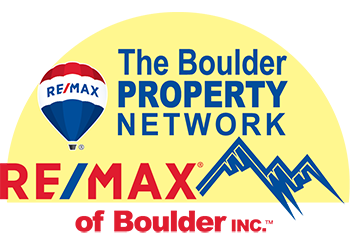Today’s real estate landscape offers some great buys for savvy real estate consumers, especially when it comes to foreclosure properties. Unfortunately, even though there are already a large number of foreclosures on the market, analysts are predicting that yet another wave of distressed properties will crop up in the coming months.
As a Member of the Top 5 in Real Estate Network®, I’ve consulted with many clients seeking to capitalize on a foreclosure purchase. I always advise them, however, to weigh the pros and cons. While a foreclosure could represent your best chance to get a great deal, make sure you educate yourself about the potential pitfalls of purchasing a distressed property in advance – and what correcting those pitfalls might cost. In most cases, it’s not so much about what damage occurred but rather the source of the damage and how long before the problem was addressed.
Here are the top 10 signs that may indicate trouble in a foreclosed home:
- Unheated house in winter months. If the home has been properly winterized, there’s no need for heat. But if the home has not been properly winterized, pipes will burst and cause water damage.
- Missing sinks, toilets and other fixtures. Make sure they’ve been properly removed and not ripped from walls and floors.
- Peeling, bubbling and discolored paint; swelling in walls or ceilings (especially around kitchens and bathrooms), or a musty odor all indicate water damage and, potentially, the presence of moisture and mold.
- Fungus growth inside cabinets, behind drawers and built-ins. Fungus could mean that there has been water damage. Since water falls down, look for the source above the mold.
- Blocked drains or pipes will cause future problems and may have already created sewage backups.
- Black cobwebs, greasy gray residue on walls and/or a strong oily odor. This could point to potential soot damage or a malfunctioning furnace.
- An older home with extensive renovations. Check with the city for pulled permits in order to get remolding details. If asbestos is present and has been disturbed, be sure it’s been remediated by a certified specialist.
- Excessive painting of every nook, cranny, door and floor may mean that the seller is covering up mold.
- Discolored subflooring. From the basement, check the subflooring above for stains and small holes, both caused by mold.
- Air quality. The air quality within a home tells a lot about the home’s condition. Be sure to include air and surface testing in your home inspection. It’s a few hundred dollars well spent.
There are indeed many great opportunities in today’s market, but proper education and preparation are essential to making the right investment. Please e-mail me for further information and be sure to forward this article to others who might be considering a foreclosure purchase.
